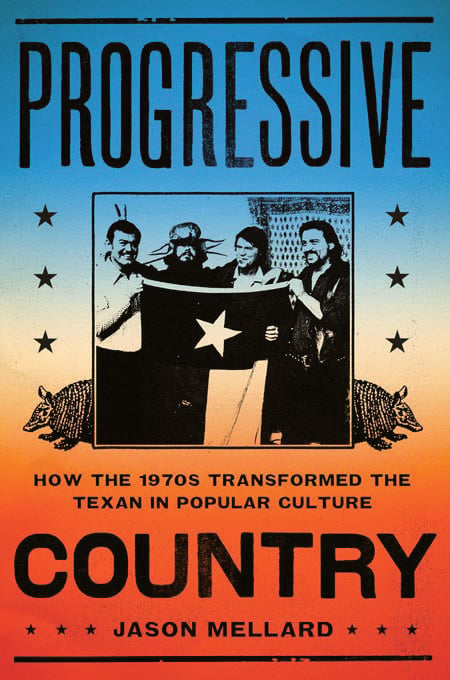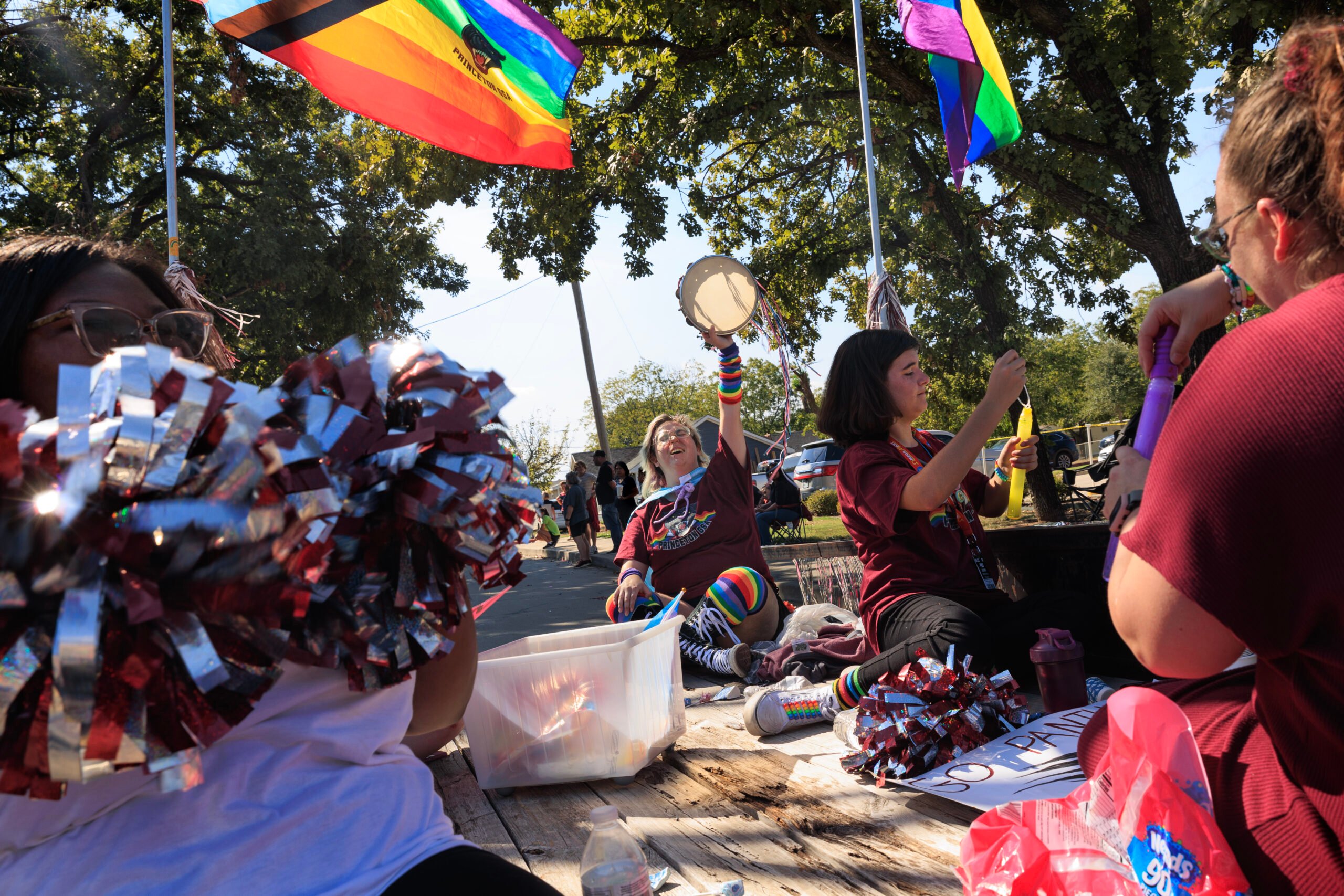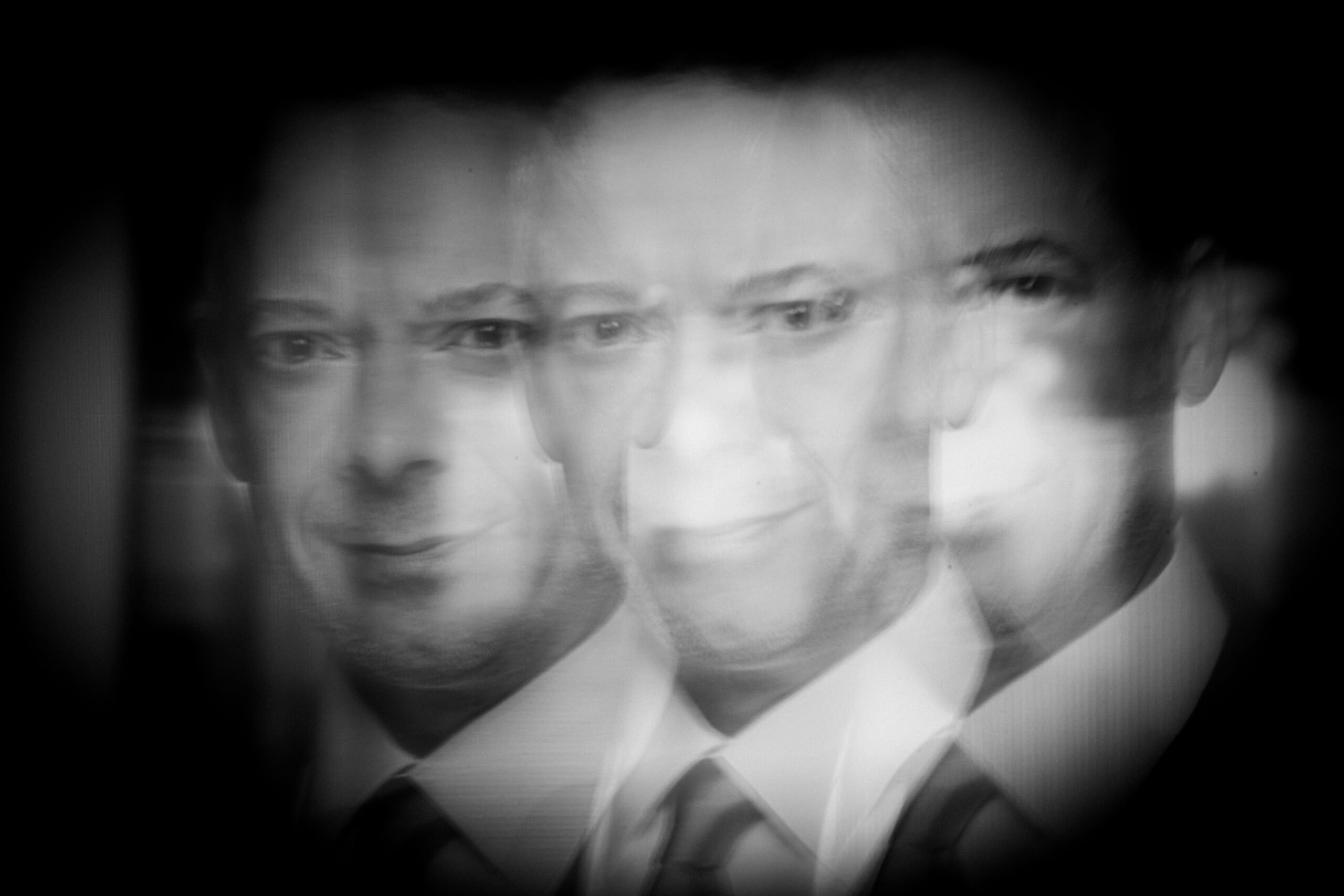
By Jason Mellard
University of Texas Press
288 pages; $29.95 (University of Texas Press)
Jason Mellard’s Progressive Country Asks Where the Cosmic Cowboys Went
A version of this story ran in the February 2014 issue.
By the end of the 1970s, the mythological image of the Texan was no longer secure and simple. The television show Dallas, which premiered in 1978, and the 1980 film Urban Cowboy were presenting glitzy reinventions of the cowboy image. Austin had become known for the redneck-meets-hippie styles of Willie Nelson and the Armadillo World Headquarters. In 1975, a Texas Monthly cover had asked, “Is The Texas Cowboy Extinct?” At the end of the decade, such a figure was far from monolithic, if it still existed at all.
Jason Mellard, a professor of history at Texas State University in San Marcos and assistant director of the school’s Center for Texas Music History, explores this cultural flux in his sprawling new study, Progressive Country: How the 1970s Transformed the Texan in Popular Culture. In an attempt to encompass “how the idea of Texas operated” within “the frames of local, regional and national imaginaries,” Mellard leaps impressively from the intellectual culture of early-20th-century folklorists like J. Frank Dobie to Austin’s “cosmic cowboy” subculture to the ways that Chicano, black and feminist movements challenged the “Anglo-Texan masculinity” that had always defined the state’s political and social culture. Mellard also contextualizes these cultural movements in relation to the rise of Barbara Jordan and the death of Lyndon Baines Johnson.
Mellard has a particular nostalgia for the Austin culture that championed country “outlaws” like Jerry Jeff Walker even as it spawned psychedelic acts like Shiva’s Headband. “Progressive country,” a term broadly referring to the Austin scene’s fusion of country music with hippie culture, was born in part of young people’s migrations to the capital, where they “began to yearn amid the decade’s disorientations for a rootedness that, for at least some, led to a mining of country music for authentic Americana.”
The book’s strength is in its breadth. Mellard ties wildly disparate elements into a massive network of intellectual, social and cultural connections, but he avoids gluing them as tightly as some readers might like; narrative neatness may equal simplification, and simplification is the academic historian’s blight. Clearly indebted to postmodern cultural studies, Mellard writes much of “tropes,” “valences” and “resonances” over the course of long, winding sentences. He does not weave his subjects into a cohesive story like, for example, the journalist Jan Reid, who wrote about many of these same musicians in his 1974 book The Improbable Rise of Redneck Rock. Mellard is more interested in complexity and inclusivity, and the result is less narrative to chew on.
Still, he ambitiously attempts to link the decade’s shifting political alignments to the culture that paralleled them. “The cultural nationalism of Black Power and the Chicano movement, the gendered consciousness of feminism, and the authenticity discourses of the counterculture,” he writes, contributed to a “reappraisal of the forms of Anglo-Texan masculinity” that “erupted in aural and visual fashion in Austin’s progressive country scene.”
As the 1970s wore on, the cosmic cowboy symbolism faded away, replaced by a new Reagan-era backlash to the social unwindings of the 1970s. Mellard calls this new figure “Texas chic,” a reinvention of the Texan image in conservative garb.
Few readers will have connected the decline of a particular Austin subculture to the rise of a larger national iconography. Mellard has built an impressive, if occasionally untidy, archive of the political and cultural associations that describe the arc.


